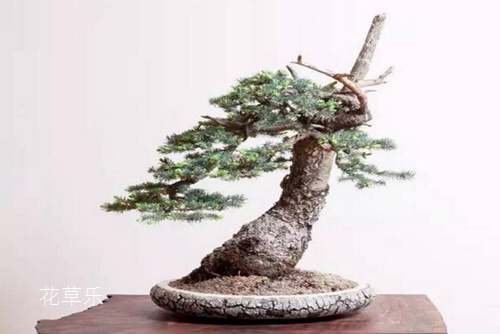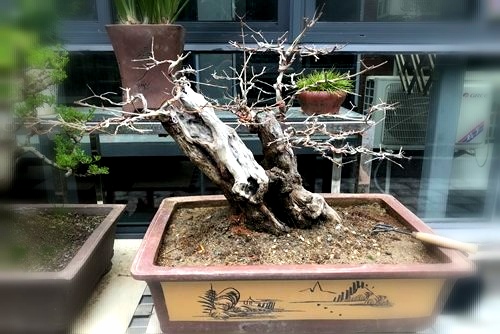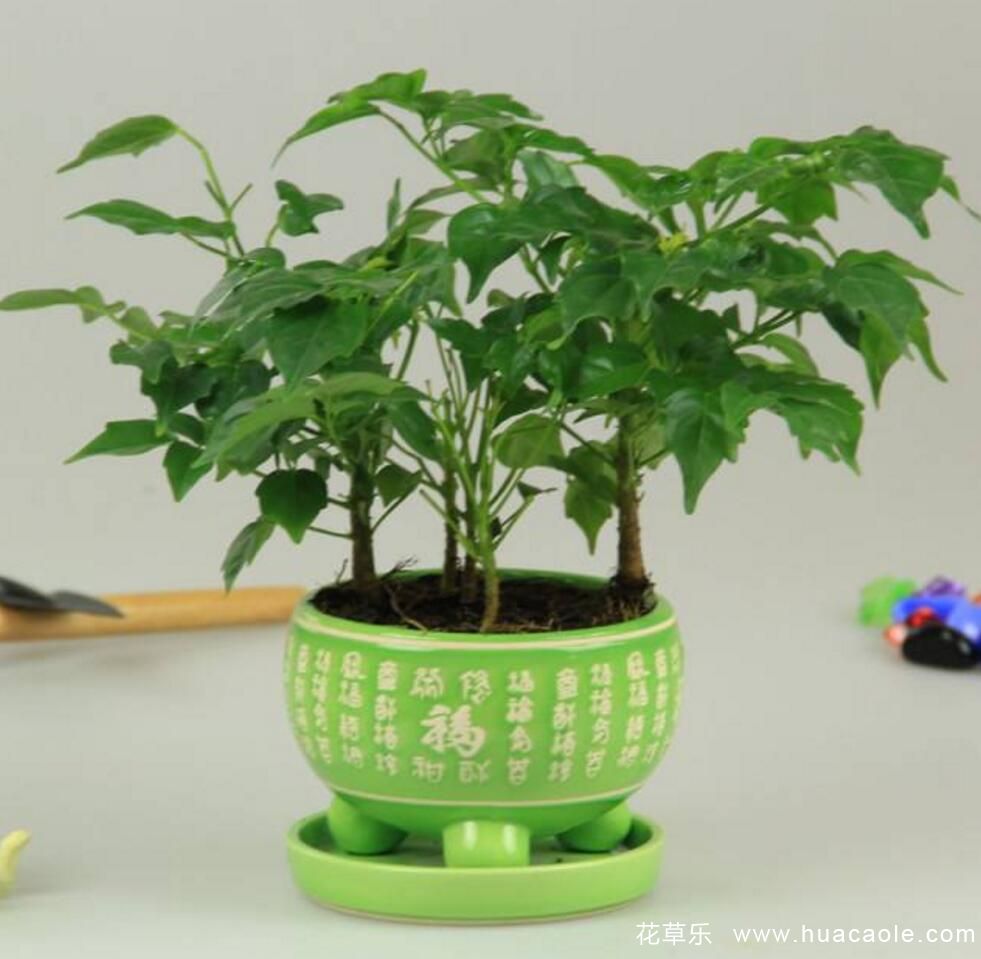Bonsai introduction to the four aristocratic cypress, boxwood, lobular red sandalwood and yew bonsai
With the improvement of living standards, people more and more like to plant potted plants indoors to regulate the air, improve the indoor environment and enhance the artistic flavor of life. Bonsai is generally divided into two categories: tree stump bonsai and landscape bonsai. Due to the differences in regional environment and natural conditions, bonsai can be divided into many schools. The five traditional schools are divided into the South and the North, the South School represented by Guangzhou, and the North School including the Sichuan School, Yang School, Su School and Shanghai School in the Yangtze River Basin. Although there are many schools, the types of tree stumps of bonsai are still what are the following flowers and plants to share with you the four aristocratic bonsai known as bonsai, poplar bonsai, lobular red sandalwood bonsai and yew bonsai.
Introduction to bonsai four aristocratic cliff cypress, boxwood, lobular red sandalwood and yew bonsai

First, the bonsai of the cliff cypress
Sabina vulgaris is a kind of all-natural plant, which can not be cultivated and planted artificially, has a small quantity and is non-renewable. In particular, the number of cypress growing on the cliffs is relatively small. The cliff cypress is dug up from the stone cracks of the cliff, and the beard root is very few, so it is even more difficult to transplant it. There is a saying that "live a tree and earn a car". Light brown cypress, commonly known as "old material", after hundreds of years of wind and sun, the smell is stable, the aroma smells very comfortable.
Second, boxwood bonsai
Like the cypress, boxwood bonsai can also be called "aristocratic". A boxwood with a diameter of 10 centimeters takes about 150 years to grow, which determines its "aristocratic" status. There is no shortage of fine works in Huangyang Mountain pile, especially Pearl Huangyang. Pearl yellow poplar has settled in alpine ridges or stone crevices for generations, and has been severely honed by wind, frost, ice and snow, making it naturally grow into Qiu branches and branches, strange and colorful trees.
Third, lobular red sandalwood bonsai
Lobular sandalwood is the boutique of red sandalwood, usually referred to as "red sandalwood", with high density and small brown eyes. it is mainly produced in tropical and subtropical primeval forests, and Indian red sandalwood is the best. Mainly in Mysore, other types of sandalwood are classified as grass flowers and pears. As the saying goes, ten sandalwood nine empty, the largest red sandalwood diameter is only about 20 centimeters, its precious degree can be imagined.
Fourth, yew bonsai
Taxus is an ancient tree species with a history of one hundred years. It has been cultivated for a long time in China. Because of its beautiful plant shape and thick green leaves, it is used to make bonsai. Taxus has very strong medicinal value, which can extract paclitaxel. It is internationally recognized as an anti-cancer and anti-cancer drug, and it is a national first-class protected tree species. It gets its name because the red bean of the yew grows the same fruit as the red bean.
Time: 2019-04-24 Click:
- Prev

How to grow pomegranate bonsai maintenance and management of pomegranate bonsai
The Chinese regard pomegranate as a mascot and regard it as a symbol of many children and blessings. Many families will have one, hoping for a good sign. Pomegranate trees like light, drought and cold, and do not choose soil, so they are very suitable for potted plants.
- Next

How to raise a safe tree? Introduction to the Culture method of Ping an Tree
The peace tree means auspiciousness, symbolizes peace and happiness, and has a happy life. At the same time, Ping an tree can emit the smell of correcting peculiar smell and purifying the air, so it is deeply loved by many family companies. But many people raise safe trees. After a period of time, the leaves wither and slowly wither, and the leaves turn yellow.
Related
- Fuxing push coffee new agricultural production and marketing class: lack of small-scale processing plants
- Jujube rice field leisure farm deep ploughing Yilan for five years to create a space for organic food and play
- Nongyu Farm-A trial of organic papaya for brave women with advanced technology
- Four points for attention in the prevention and control of diseases and insect pests of edible fungi
- How to add nutrient solution to Edible Fungi
- Is there any good way to control edible fungus mites?
- Open Inoculation Technology of Edible Fungi
- Is there any clever way to use fertilizer for edible fungus in winter?
- What agents are used to kill the pathogens of edible fungi in the mushroom shed?
- Rapid drying of Edible Fungi

